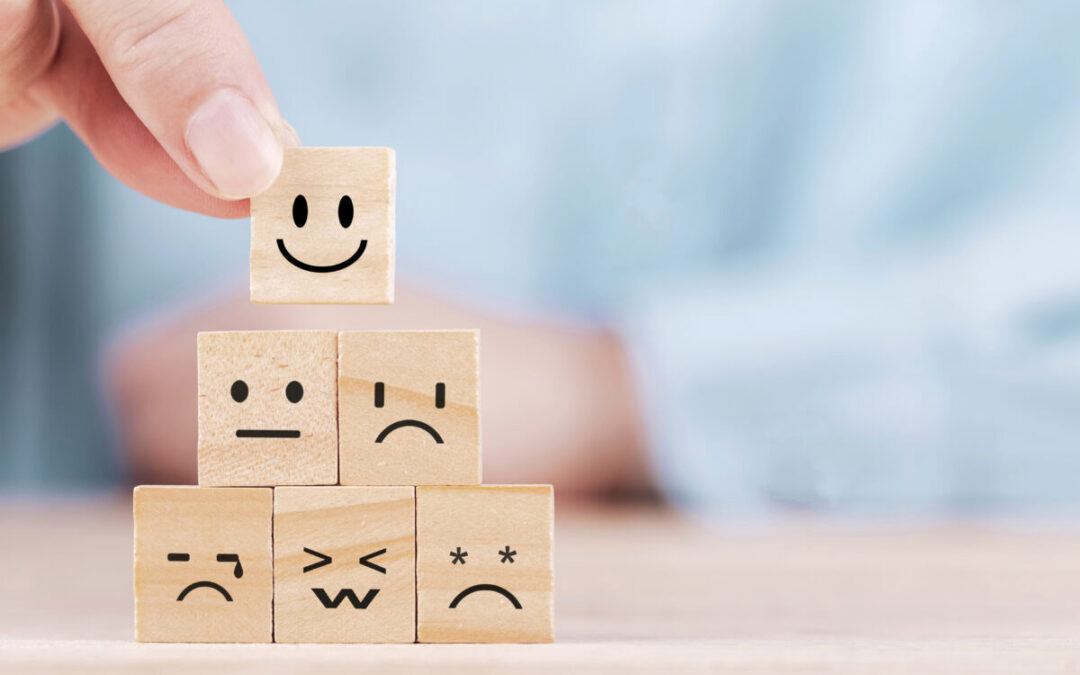Emotion Regulation refers to an individual’s internal and external processes that are used for monitoring, evaluating and modifying emotional reactions, especially the temporal features to accomplish one’s goal. Emotion regulation, therefore, attempts to influence emotions, defined as time-limited, situationally bound, and valenced states. It not only includes the down-regulation of negative emotions (fear, anxiety, stress) but encompasses up-and down-regulation of positive and negative emotions in accordance with regulation-related goals (Braunstein, Gross & Ochster, 2017).
Characterization of the process of emotion regulation includes-
- Maintenance or enhancement of emotional arousal as well as inhibiting or subduing these reactions.
- Emotion regulation is not only a self-management strategy but it also encompasses a wide range of external influences such as intervention of others.
- The process of emotional regulation can impact the intensity of emotional experience in a person, it can also inhibit or speed up its onset recovery the process of emotional management, reduce or enhancing its persistence over time, can also impact the emotion range or lability and moreover it can also affect other qualitative features of emotional responding.
- The function of emotion regulation can be understood in terms of the regulator’s goal for a specific situation.
There are several diverse avenues in which emotional regulation takes place including a broad range of loosely related processes. To mention a few would be: Neurophysiological Constituents, attention processes, access to coping resources, selecting alternatives for adaptive responses, regulation of emotional demands of familiar settings, encoding of the emotional cues which are internal to one person and the various components of emotionally arousing events.
TYPES OF EMOTION REGULATION SYSTEM
There exist three main types of emotion regulation systems that work independently both in the personal and social contexts in a system. The three systems are:
▪ Threat and Self-Protection System – This system functions in identifying the cues of threats present in the environment and helps to mobilize the bodily resources in order to protect the self. Experience of anger, anxiety and disgust are the major characteristic feelings of this system.
▪ Incentive and Resource-Seeking System – This system functions in seeking resources to cope with the situation thus inducing positive feelings of successful survival, it also provides motivation to achieve the incentive. Achievement of goals, pursuing new skills, consistency and positive relation with others and establishment of social success is the major characteristics of this system.
▪ Soothing, Caring and Contentment System – The function of this system is to instil the feelings of safety and contentment with the way things are in the present. It helps the person to recover from the sudden and abstract encounters of daily life. Feelings of comfort, safety, connectedness, trust and happiness are characteristic of this system.
Imbalance within or among these systems causes distress; this results in the underdevelopment of the soothing system and impacts the emotional regulation system.
It is clearly a very important process in an individual’s life, as emotional dysregulation can lead to angry outbursts, anxiety, depression, substance abuse, suicidal thoughts, self-harm, and other self-damaging behaviors. Over time, this condition may interfere with your quality of life, social interactions, and relationships at home, work, or school.
STRATEGIES FOR BETTER EMOTION REGULATION
▪ Reappraisal – This refers to the method of revisiting or re-evaluating the negative emotion in order to find better ways to deal with it instead of suppressing or forcefully eliminating them causing pain in an individual. In other words, reappraisal aims to find a positive substitute for negative emotions. Reappraisal has both short- and long-term effects. In a shorter duration, it shifts an individual’s focus from the distress and reduces its impact whereas in the long run, it provides a more permanent solution to reduce emotional distress in an individual ensuring their well-being. (P.R. Goldin, W. Ramel & J.J. Gross, 2008)
▪ Self-soothing – This refers to the multiple subjective ways an individual uses to reduce the effects of negative emotional experiences. For example- listening to music, breathing exercises, acts of kindness, self-compassion etc.
▪ Attention Control – This refers to the modulation of responses to restore mental peace. By intentionally focusing the attention on a positive perspective and diverting away from the negative emotion attentional control helps to reduce the distress This helps the individual to learn from the conflict and gain a perspective to avoid similar interpersonal disputes occurring henceforth (J.T. Quaglia, R.J. Goodman & K.W. Brown, 2015).
▪ Situational Modification – This refers to external or internal changes in the situation to change its impact in emotional experience.
– Urveez Kakalia and Annesha Datta.

